Personal Identification (ID) serves to establish the identity of individuals through age, gender, birthdate, nationality, and residence. Basic forms of ID such as birth certificates, passports, drivers’ licenses, and provincial health care cards grant citizens access to important benefits.
The often-overlooked impact of ID is the increased marginalization of those who don’t have it.
Barriers created by not having official forms of identification contribute to the vulnerability of the youth who access iHuman’s services
How iHuman can help
Even the most modest of interventions can make a big difference to marginalized youth which is why iHuman will assist in the following ways:
-
Transportation to a Registry
-
Providing a physical address to receive ID
-
Assistance with the associated fees
-
Act as a designated agent to assist in obtaining ID
Houseless, precariously housed or marginalized youth
will prioritize their immediate needs
like food, transportation, or shelter over
the cost of acquiring or replacing their ID.
Gaining and Retaining ID
The most common reason for not having ID is either theft or loss and we’ve all experienced it at least once in our lives but this is a magnified issue when you are precariously housed or unhoused. Whether you live on the streets or in a shelter, maintaining your possessions requires constant vigilance, which in itself, is a challenge.
Many of the youth at iHuman lack a stable place to call home, the necessary parental information or consent, have difficulties with reading or writing, or lack the transportation necessary to get to a registry office. These challenges can be discouraging, preventing youth from even trying to get their ID, leaving them invisible to crucial services like health care, or affordable housing.
Did you know?
That you need ID to access Edmonton’s Food Banks?
That you need ID to access Alberta Health Services?
That you need ID to access affordable housing?
That you need 2 pieces of ID to open a bank account?
Driver’s License
Most of us know that if you lose your driver’s license you can apply for a replacement by visiting a Registry Agent in person and that you are required to prove your identity through a STRICT identity confirmation process. This means you will need to present a photo ID and supporting documents. If these requirements are met, and you pay the fee, you will receive an interim license that is valid for 30 days. The new card must be mailed to a physical address.
https://www.alberta.ca/id-requirements-for-identification-cards
Alberta ID
If you are an Alberta resident who can legally live in Canada and do not have a valid driver’s license, you can apply for an ID card to use as photo identification. The minimum age to hold an Alberta ID is 12 and if you are under 18 you are required to have parental consent. One of the following documents is required and must be ORIGINAL and NOT EXPIRED:
-
Canadian provincial birth certificate
-
valid Canadian passport, NEXUS or Permanent Resident card
-
Secure Certificate of Indian Status Card
-
Canadian Citizenship Card with photo (dated before February 2012)
-
a confirmation document, permit or resident visa issued by the Government of Canada that gives you resident status in Canada for more than the next 90 days
-
refugee claimants with a Refugee Protection Claimant Document
https://www.alberta.ca/get-id-card
These requirements highlight several barriers that iHuman seeks to eliminate:
-
-
The requirement of a physical address
-
Access to transportation
-
Financial resources
-
Age restrictions – many of our youth are estranged from parents or guardians.
Birth Certificate
A birth certificate is required to acquire most forms of ID, such as a Social Insurance Number (SIN) or a First Nations Status Card, which is required under the Indian Act to confirm status of Indigenous people. Some forms if ID do not directly require a birth certificate, such as a health care card or driver’s license; however, a birth certificate is necessary to get the prerequisite ID needed to APPLY for a healthcare card, driver’s license, or Alberta ID, making the birth certificate a foundational piece of ID that enables access to all other ID.
Birth Certificate replacement:
To replace a birth certificate, you must visit a registry agent and fill out a Declaration of Lost or Stolen Birth Certificate in order to cancel and replace the missing one. There are associated costs for this.
https://www.alberta.ca/id-requirements-vital-statistics-services#jumplinks-0
If you do not have an acceptable ID, someone you know can act as your designated agent and apply for a Vital Statistics record or service for you using their acceptable ID. The following conditions apply:
-
you must have known your designated agent for at least one year
-
your designated agent must provide their own acceptable ID for your application
-
the application and consent portions of the application form must be completed by you
-
the statutory declaration portion of the application form must be signed by your designated agent in front of a Notary Public or Commissioner for Oaths
iHuman can act as a Designated Agent to assist with gaining access to your birth certificate.
Social Insurance Number
To work in Canada or access government programs and benefits, you need a 9-digit number known as a Social Insurance Number (SIN).
https://www.canada.ca/en/employment-social-development/services/sin/apply.html
Social Insurance Number Card replacement/application:
To apply for or access confirmation of SIN number, a primary document such as a birth certificate is required along with a secondary supporting document such as a passport or provincial ID card or driver’s license.
Barriers to obtaining ID have significant impact on daily life. Marginalized groups are most harmed by such barriers because lacking ID denies them access to life changing and life saving services. Assisting youth in replacing or receiving ID is just one of the many services we provide to youth aged 12 to 24.
-
